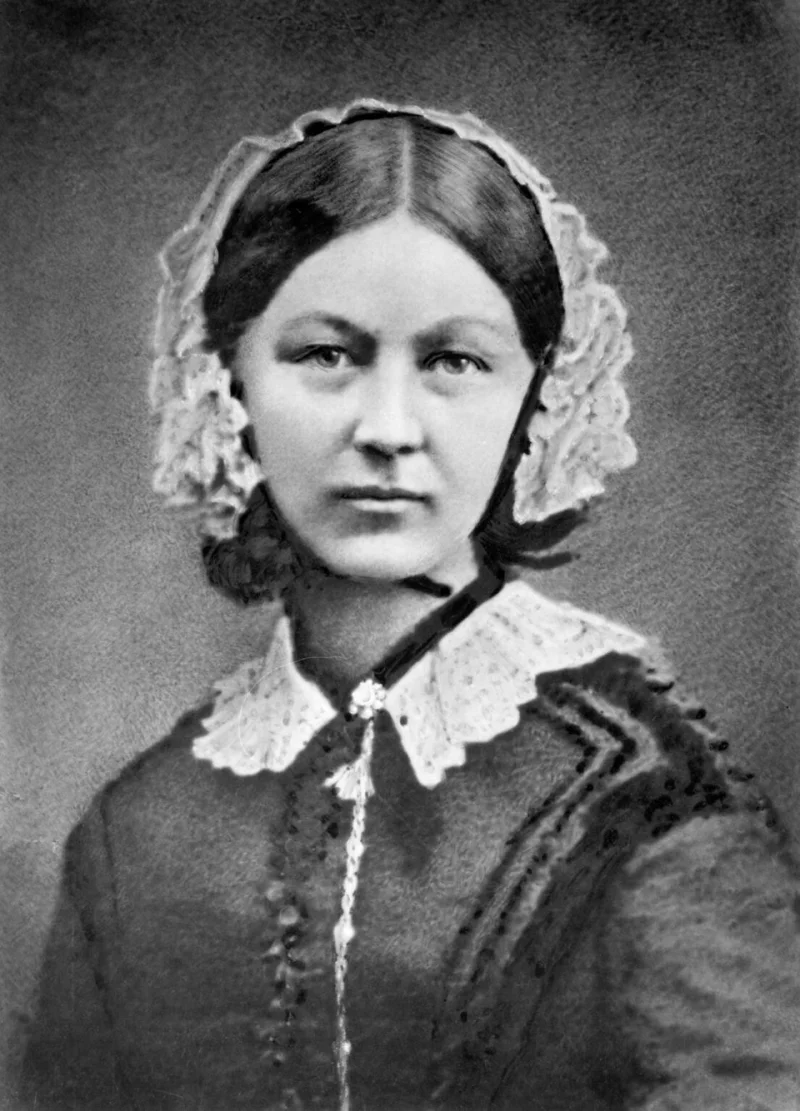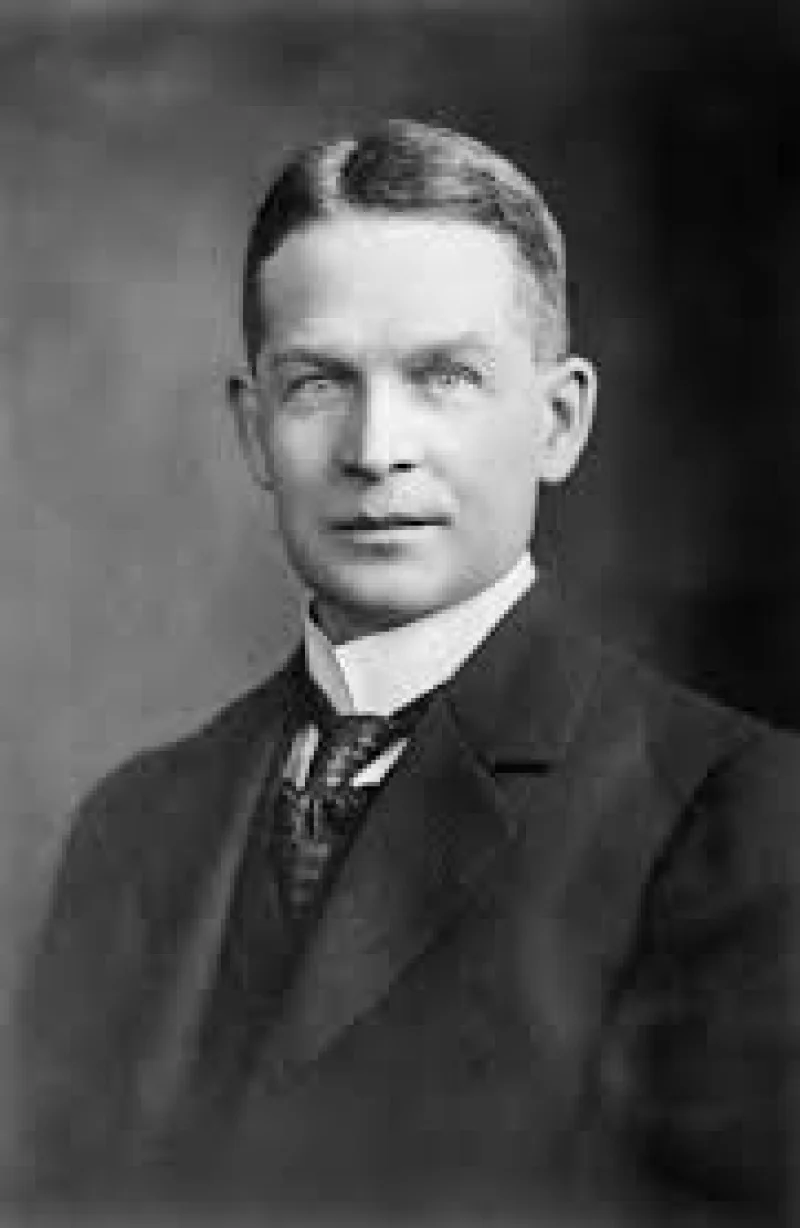Short Summary
Erwin Chargaff was an Austrian-American biochemist renowned for his pivotal contributions to the understanding of the molecular structure of DNA. He is best known for the discovery of Chargaff's rules, which laid the groundwork for the identification of the double helix structure of DNA. His work profoundly influenced the field of genetics and molecular biology, making him a significant figure in the scientific community.
Early Life & Education
Erwin Chargaff was born on August 11, 1905, in Czernowitz, which was then part of the Austro-Hungarian Empire. Raised in a Jewish family, he developed an early interest in science and literature. Chargaff pursued his higher education at the University of Vienna, where he earned his Ph.D. in chemistry in 1928. His early academic influences included notable chemists and biochemists who instilled in him a deep appreciation for the complexities of biological molecules. These formative experiences set the stage for his future groundbreaking research in biochemistry.
Career Highlights
Chargaff's career was marked by significant scientific achievements, particularly during his tenure at Columbia University, where he joined the faculty in 1935. It was here that he conducted his pioneering research on the composition of DNA. His experiments revealed that DNA is composed of four nucleotide bases, and he formulated what became known as Chargaff's rules: the amount of adenine equals thymine, and the amount of guanine equals cytosine. These discoveries were crucial for the elucidation of the DNA structure by Watson and Crick. Chargaff's work provided a deeper understanding of genetic material and its replication.
Major Achievements
- Chargaff's Rules: Discovered that DNA consists of specific ratios of nucleotides, laying the groundwork for the double helix model.
- Publications and Research: Authored numerous scientific papers that advanced the field of molecular biology.
Famous Quotes
- "Science is wonderfully equipped to answer the question 'How?' but it gets terribly confused when you ask the question 'Why?'."
- "Reading in the sciences is somewhat like eating fish. You must be careful of the bones."
Interesting Facts
- Erwin Chargaff was fluent in multiple languages, including German, French, and English.
- He was an outspoken critic of the direction in which modern science was heading, particularly in terms of genetic engineering.
- Chargaff's research was instrumental in the work that led to the Nobel Prize in Physiology or Medicine in 1962, although he himself was never awarded the prize.
Legacy / Influence
Erwin Chargaff's impact on the field of genetics and molecular biology is profound and enduring. His discovery of the nucleotide base pairing rules was instrumental in deciphering the structure of DNA, facilitating advancements in genetic research and biotechnology. Chargaff's work continues to influence contemporary scientific endeavors, underpinning fundamental concepts in biology and genetics.
FAQ
Q: Why is Erwin Chargaff famous?
A: He is famous for discovering the rules of nucleotide pairing in DNA, known as Chargaff's rules.
Q: What are Chargaff's rules?
A: Chargaff's rules state that in DNA, the amount of adenine equals thymine, and the amount of guanine equals cytosine.
Q: Did Chargaff receive a Nobel Prize?
A: No, despite his significant contributions, he did not receive a Nobel Prize.












